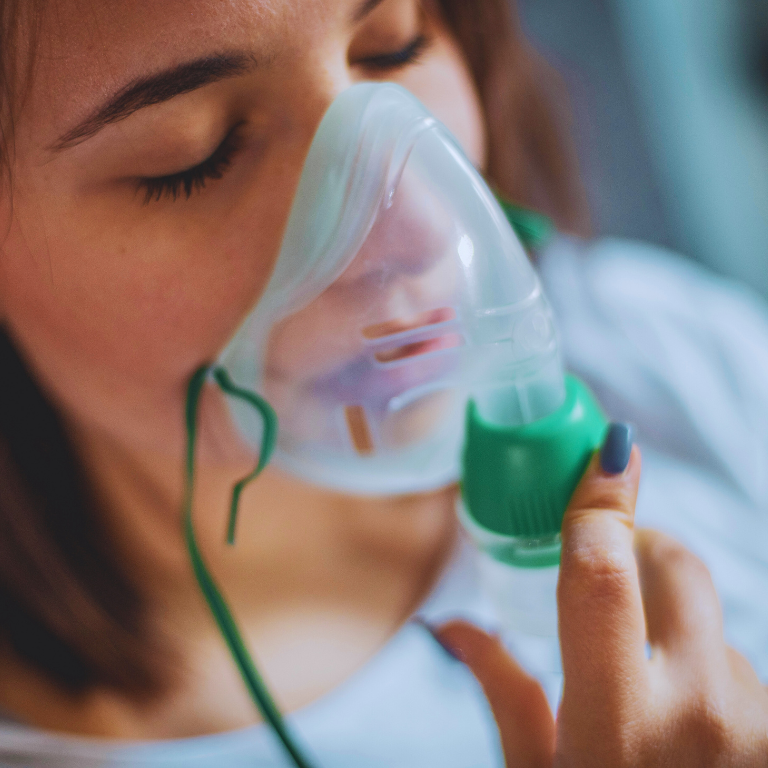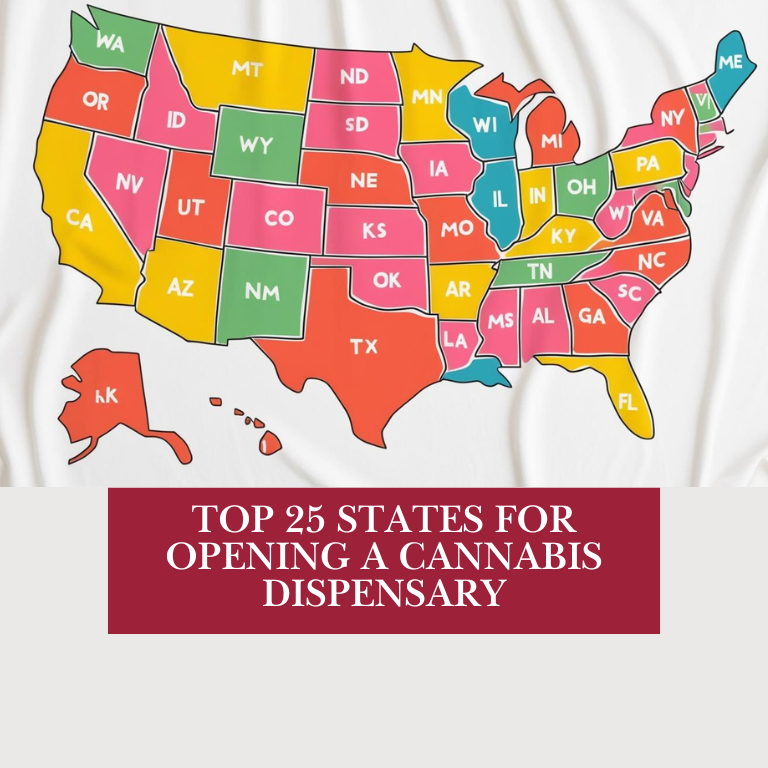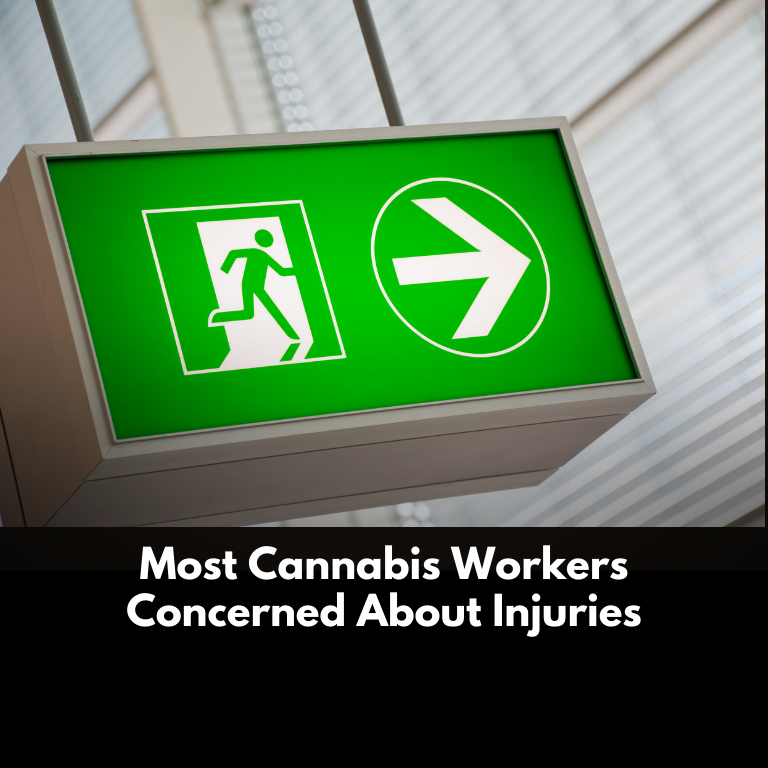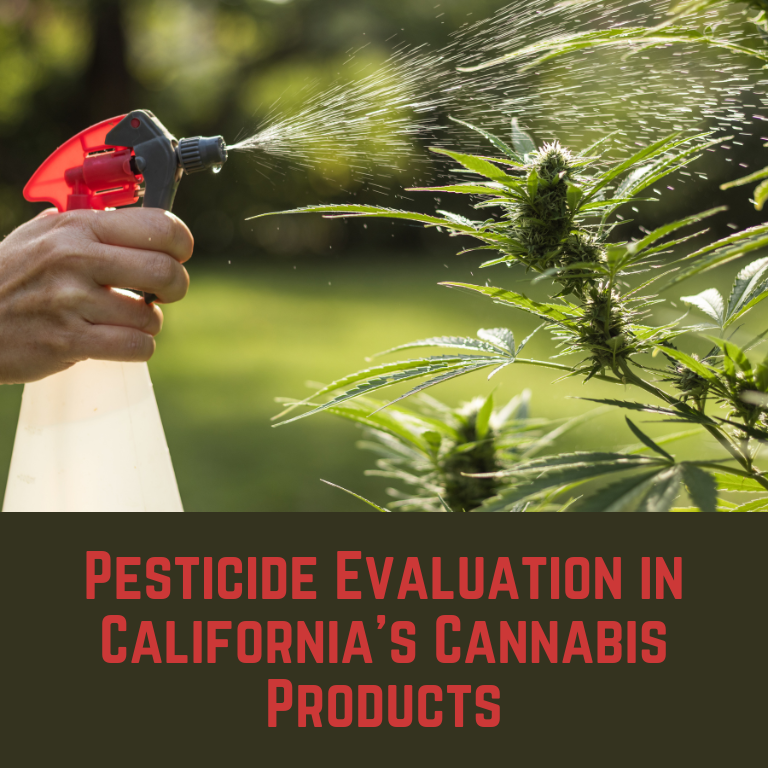Respiratory Diseases Emerging in the U.S. Cannabis Industry
As the cannabis industry rapidly expands across the United States, with increasing legalization and market growth, concerns are rising about the health implications for those involved in cultivation, processing, and consumption. One area of particular concern is the emergence of respiratory diseases linked to cannabis use and occupational exposure. This article explores the types of respiratory diseases associated with the cannabis industry, the risk factors, and the measures that can be taken to mitigate these health risks.
Types of Respiratory Diseases Linked to Cannabis
Chronic Bronchitis: Chronic bronchitis is a respiratory condition characterized by inflammation of the bronchial tubes, leading to persistent cough and mucus production. Cannabis smokers are at an increased risk of developing chronic bronchitis, similar to tobacco smokers. The combustion process releases harmful toxins and irritants that can damage lung tissue over time.
Cannabis-Associated Pulmonary Aspergillosis: Pulmonary aspergillosis is a fungal infection caused by inhaling spores of the Aspergillus fungus, which can grow on cannabis plants, especially if they are improperly stored or handled. This condition can be particularly severe in individuals with compromised immune systems, including those undergoing chemotherapy or with chronic illnesses.
Hypersensitivity Pneumonitis: Hypersensitivity pneumonitis, also known as “cannabis lung,” is an inflammatory response in the lungs triggered by inhaling organic dust, including mold spores that may be present on cannabis. Symptoms include coughing, shortness of breath, and flu-like symptoms. This condition can progress to chronic lung disease if not addressed.
Pneumothorax: Pneumothorax, or collapsed lung, can occur in cannabis users due to the high pressures involved in deep inhalation techniques, such as “dabbing” or using water pipes. This condition involves air escaping from the lungs into the chest cavity, leading to difficulty breathing and sharp chest pain.
Occupational Exposure and Respiratory Risks
Workers in the cannabis industry, particularly those involved in cultivation and processing, face unique respiratory risks due to exposure to various airborne contaminants.
Exposure to Pesticides and Fertilizers: Cannabis cultivation often involves the use of pesticides and fertilizers, which can be inhaled by workers. Chronic exposure to these chemicals can lead to respiratory irritation and long-term lung damage.
Mold and Allergens: Indoor cultivation environments, particularly those with poor ventilation, can harbor mold and other allergens. Workers exposed to these conditions may develop allergic reactions or respiratory conditions like hypersensitivity pneumonitis.
Dust and Particulate Matter: Processing cannabis, including trimming and packaging, can generate dust and particulate matter that can be inhaled by workers. This exposure can cause respiratory irritation and contribute to chronic respiratory diseases.
Mitigating Respiratory Risks in the Cannabis Industry
To protect both consumers and workers, it is crucial to implement strategies that mitigate the respiratory risks associated with cannabis use and exposure.
Proper Ventilation and Air Quality Control: Cannabis cultivation and processing facilities should have adequate ventilation systems to reduce the concentration of airborne contaminants, including mold spores, dust, and chemicals. Air filtration systems can also help improve indoor air quality.
Personal Protective Equipment (PPE): Workers should be provided with appropriate PPE, such as masks and respirators, to protect against inhaling harmful substances. Gloves and protective clothing can also prevent skin contact with allergens and chemicals.
Regular Health Screenings: Implementing health surveillance programs that include regular respiratory health screenings can help identify early signs of respiratory disease among workers. Early detection allows for timely intervention and treatment.
Education and Training: Educating workers about the potential respiratory risks in the cannabis industry and training them on safe work practices is essential. This includes proper handling and storage of cannabis to prevent mold growth and safe use of pesticides and other chemicals.
Regulation and Compliance: Ensuring that cannabis operations comply with occupational health and safety regulations is critical. Regulatory agencies should establish and enforce standards for air quality, pesticide use, and worker safety in the cannabis industry.
Public Health Implications and Future Research
As the cannabis industry continues to grow, there is a need for more research to understand the long-term respiratory health effects of cannabis use and occupational exposure. Public health initiatives should focus on raising awareness about these risks and promoting safe practices among both consumers and industry workers.
Further studies should explore the effectiveness of various mitigation strategies, such as ventilation systems and PPE, in reducing respiratory risks. Research should also examine the specific respiratory health outcomes associated with different methods of cannabis consumption, such as smoking, vaping, and edibles.
The emergence of respiratory diseases in the U.S. cannabis industry highlights the need for increased attention to health and safety practices. By understanding the risks and implementing comprehensive preventive measures, the industry can protect the health of workers and consumers. Ongoing research and regulation will be crucial in ensuring that the benefits of cannabis are not overshadowed by preventable health risks.













